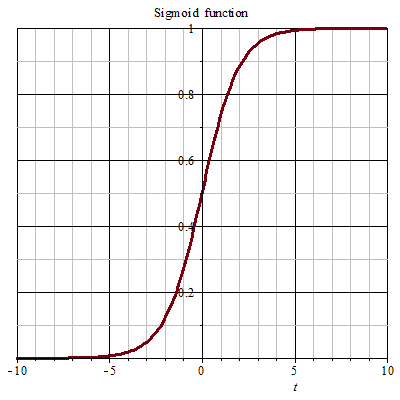TSUKAMOTO
Tsukamoto controller
This method is a simplification of the mamdani method, the Tsukamoto method consists of the following steps:
- Fuzzification: where the inputs are taken and the degree of belonging of the fuzzy sets established is determined.
- Rules note: It is done through the Min-Max method
- Aggregation of exit rules
But how these two methods differ, the answer is its output, in the Maldani method we find it through defusification, while in the Tsukamoto it is given by a scalar quantity, because with this method calculate an output direct.
This output is obtained with the following formula:
Where:
- Z0 = is obtained through the linear combination of each value obtained in Z
- W = The weights obtained from our membership function.
Example: For our work a fuzzy system was made to control the distance that exists between our car and different objects on the track .
So it has two inputs: distance from the left sensor and the distance from the right sensor, these inputs the graphics in a triangular way.
After defining its rules, when obtaining an entry the Fuzzification process is carried out, where with each of the entries we calculate the membership value that the correspondence guiding us in their respective graphs, this process must be followed with each of the rules.
Once the membership value of each rule is obtained, a comparison is made between each of these values and the smallest value is chosen for each rule and that value is known as w, therefore, they will be get several w's.
With this information, we will proceed to obtain the values of z, where each value of w will be graphed as a constant function. A line with the x axis is projected at the cut-off point with the graph of the output. and that value would take the variable z.
Explanatory video: https://www.youtube.com/watch?v=mWdiMtWv5xs



Comentarios
Publicar un comentario